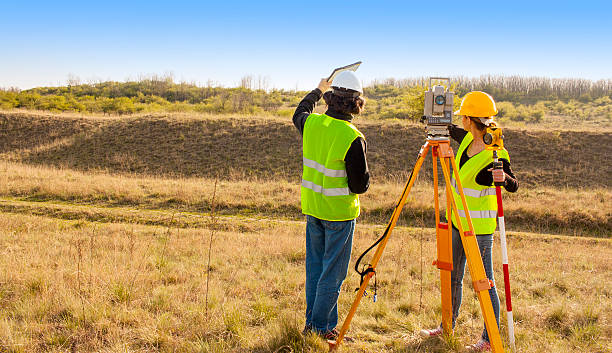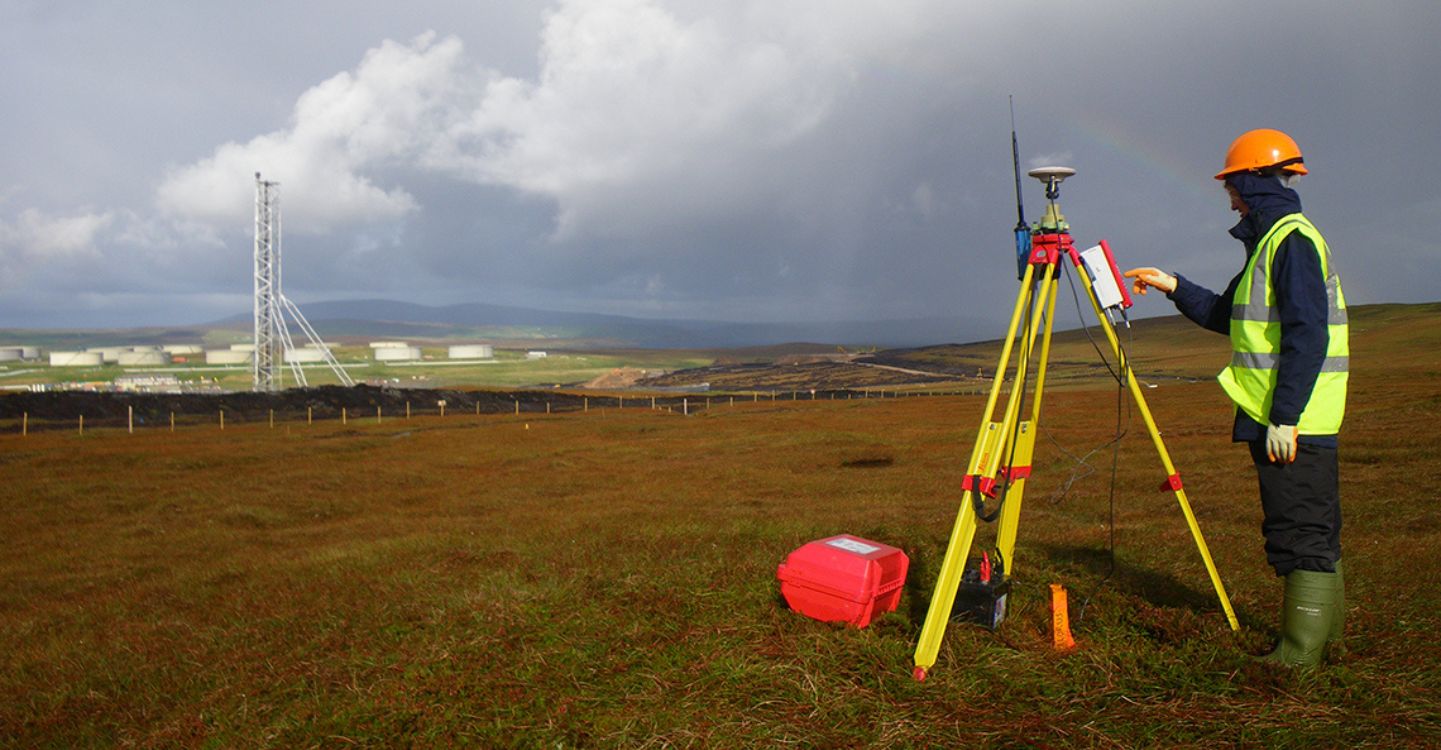How Setting Out Engineering Ensures Accurate Building Layouts and Measurements
Wiki Article
Vital Devices and Strategies in Laying Out Design
The discipline of setting out design depends heavily on a collection of essential devices and strategies that underpin the precision and efficiency of project execution. Instruments such as land surveyor's levels, complete terminals, and advanced GPS innovation are essential for establishing exact recommendation factors. Additionally, the assimilation of conventional techniques with contemporary practices, consisting of geospatial analysis and 3D modeling, offers considerable advantages in visualizing website conditions. Comprehending exactly how these aspects connect is vital for lessening mistakes and improving task end results, yet the subtleties of their application frequently continue to be ignored. What effects does this hold for future design techniques?The Value of Accurate Measurements

The relevance of exact dimensions extends beyond plain compliance; they are integral to the total effectiveness of engineering procedures. Inaccuracies can bring about material waste, project delays, and boosted labor expenses, ultimately influencing the project's bottom line. In addition, exact dimensions boost the quality of the last product, guaranteeing that it executes as meant and meets the assumptions of stakeholders - setting out engineering.
Additionally, the significance of precise measurements is obvious in numerous engineering disciplines, consisting of civil, mechanical, and electric design. Therefore, fostering a culture that prioritizes precision is essential for the future of engineering.
Important Tools for Laying Out
Setting out, a critical phase in the design and building procedure, relies heavily on particular devices that guarantee accurate area and alignment of structures. Amongst these devices, the surveyor's level stands apart, supplying specific straight dimensions necessary for establishing recommendation factors. This tool allows engineers to determine elevation adjustments and maintain harmony throughout the task website.
The total station is another vital tool, integrating digital distance dimension with angular measurement abilities. This technology enhances efficiency and accuracy in catching spatial data, enabling effective website layout and preparation.
Furthermore, the usage of determining tapes and noting tools, such as chalk lines or risks, is basic for briefly noting limits and essential points on the site. These fundamental devices, though straightforward, are essential for ensuring clear communication amongst the building team regarding task specifications.
Finally, general practitioner modern technology has acquired traction in laying out procedures, supplying real-time positioning data and substantially enhancing precision over conventional methods. Collectively, these important devices form the foundation of effective laying out methods, inevitably adding to the effective execution of design and construction projects.
Advanced Checking Methods
Advanced evaluating strategies play an essential duty in enhancing the precision and performance of engineering jobs. These techniques incorporate a variety of methodologies that offer accurate data for style and building. Typical methods, such as progressing and triangulation, have progressed into more innovative techniques, consisting of Overall Terminal studies and Worldwide Navigating Satellite Solution (GNSS)Overall Terminal tools incorporate electronic theodolites with range measurement capacities, allowing surveyors to collect accurate place data with great speed. This technology significantly lowers mistakes related to hand-operated dimensions and gives real-time data processing. Moreover, GNSS offers unmatched accuracy for massive jobs by making use of satellite signals to establish exact positioning, which is important for guaranteeing and straightening frameworks conformity with style requirements.
In addition to these tools, progressed techniques also incorporate geospatial analysis and 3D modeling. These methods enable designers to visualize surface and site conditions better, facilitating far better decision-making throughout the preparation phase. By utilizing these innovative evaluating methods, engineering jobs can attain higher precision in design, decrease rework, and eventually improve general task success.
Digital Modern Technology in Engineering
The integration of digital modern technology has reinvented design methods, enhancing both productivity and accuracy across different techniques. Devices such as Structure Information Modeling (BIM) assist in the visualization and administration of intricate projects, enabling engineers to collaborate seamlessly and make notified choices. This modern technology makes it possible for the production of thorough 3D models, which can be assessed for structural stability and efficiency prior to building and construction starts.
The application of artificial knowledge and machine understanding in design processes further boosts predictive upkeep and optimization of sources. These technologies enable the analysis of huge information sets, bring about much better projecting and boosted project outcomes. On the whole, digital innovation is reshaping the engineering landscape, driving innovation, and making sure that projects are finished with greater effectiveness and lowered risk. As the industry remains to evolve, embracing these devices will be important for future success.
Finest Practices for Implementation
When implementing digital technology in design, it is important to develop a tactical technique that aligns with project goals and organizational capabilities. A detailed evaluation of existing operations and modern technology framework is important to recognize voids and chances for renovation. Involving stakeholders early in the process promotes collaboration and guarantees that the technology fulfills individual needs.
construction surveys Job managers should adopt an iterative implementation technique, permitting for changes based upon real-time comments and efficiency analyses. This dexterous technique not only alleviates threats but also advertises continual enhancement by including lessons discovered.
Final Thought
To conclude, the combination of important devices and advanced methods in laying out engineering is crucial for ensuring precision in measurements and successful job execution. Using tools such as property surveyor's degrees, overall terminals, and GPS innovation, alongside contemporary surveying approaches, enhances precision and lowers the likelihood of errors. Taking on best methods in execution further maximizes these processes, inevitably promoting enhanced project results in the design and construction sectors.The technique of setting out design depends greatly on a suite of important tools and strategies that underpin the precision and efficiency of project execution.Furthermore, the value of accurate measurements is evident in various engineering techniques, consisting of civil, mechanical, and electric engineering. By using these advanced checking methods, engineering jobs can achieve better accuracy in layout, reduce rework, and inevitably improve overall task success.
In general, digital innovation is reshaping the engineering landscape, driving advancement, and guaranteeing that tasks are completed with higher performance and reduced risk (setting out engineering).In final thought, the combination of vital devices and advanced techniques in setting out engineering is essential for guaranteeing accuracy in measurements and successful job execution
Report this wiki page